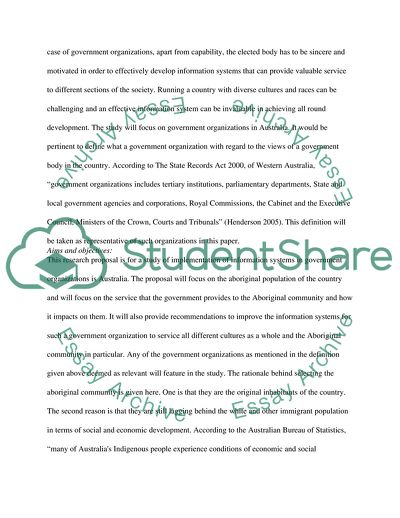Cite this document
(The Impacts of Information Systems in Government Organizations Research Proposal, n.d.)
The Impacts of Information Systems in Government Organizations Research Proposal. https://studentshare.org/information-technology/1725104-proposal-the-impacts-of-information-systems-in-government-organisations
The Impacts of Information Systems in Government Organizations Research Proposal. https://studentshare.org/information-technology/1725104-proposal-the-impacts-of-information-systems-in-government-organisations
(The Impacts of Information Systems in Government Organizations Research Proposal)
The Impacts of Information Systems in Government Organizations Research Proposal. https://studentshare.org/information-technology/1725104-proposal-the-impacts-of-information-systems-in-government-organisations.
The Impacts of Information Systems in Government Organizations Research Proposal. https://studentshare.org/information-technology/1725104-proposal-the-impacts-of-information-systems-in-government-organisations.
“The Impacts of Information Systems in Government Organizations Research Proposal”. https://studentshare.org/information-technology/1725104-proposal-the-impacts-of-information-systems-in-government-organisations.


